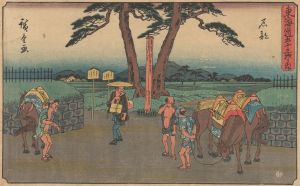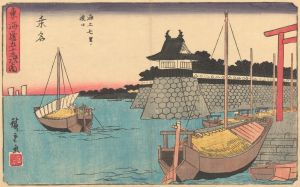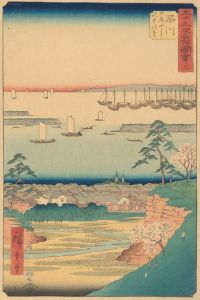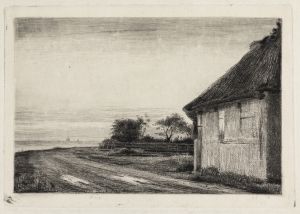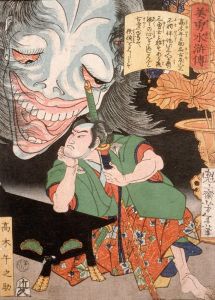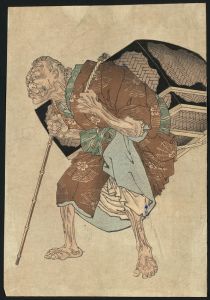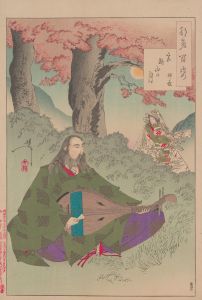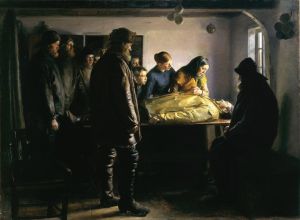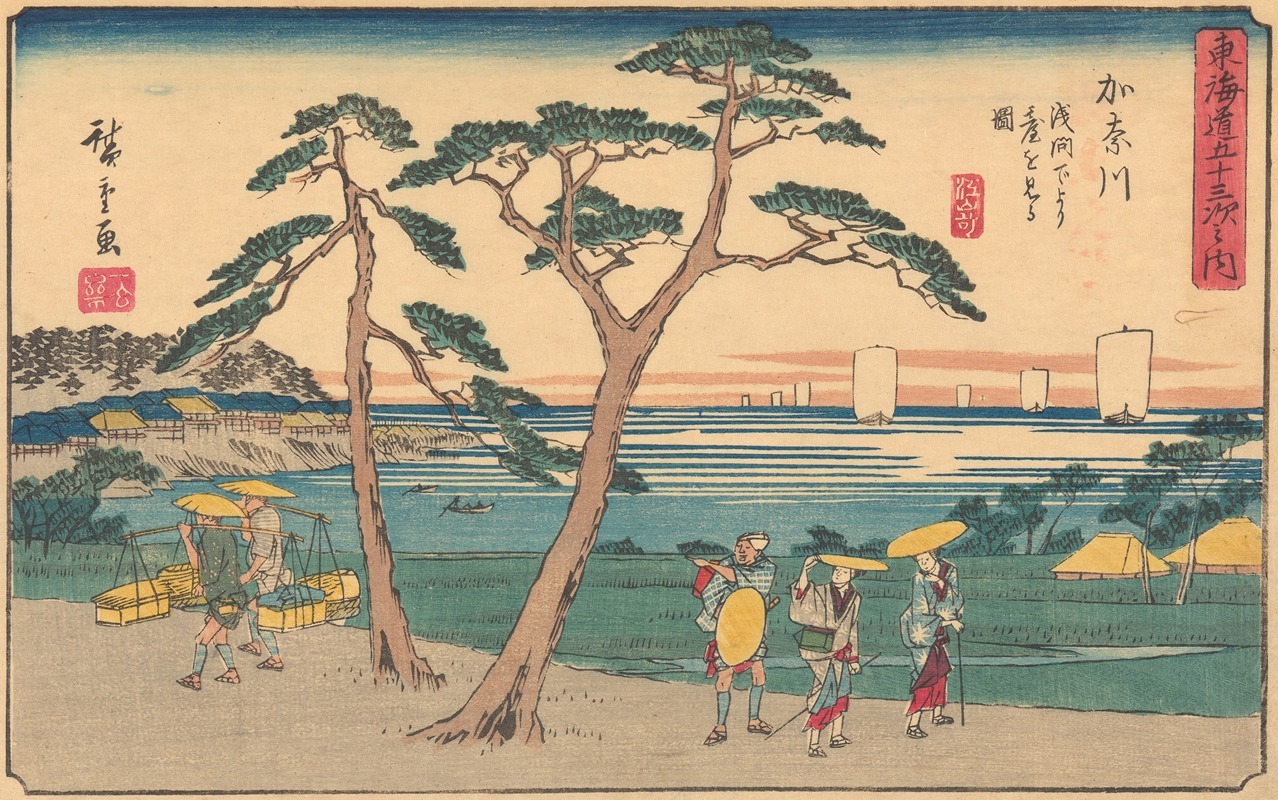
Kanagawa
A hand-painted replica of Andō Hiroshige’s masterpiece Kanagawa, meticulously crafted by professional artists to capture the true essence of the original. Each piece is created with museum-quality canvas and rare mineral pigments, carefully painted by experienced artists with delicate brushstrokes and rich, layered colors to perfectly recreate the texture of the original artwork. Unlike machine-printed reproductions, this hand-painted version brings the painting to life, infused with the artist’s emotions and skill in every stroke. Whether for personal collection or home decoration, it instantly elevates the artistic atmosphere of any space.
Kanagawa by Andō Hiroshige is a celebrated woodblock print from the series "The Fifty-three Stations of the Tōkaidō" (Tōkaidō Gojūsan-tsugi no Uchi), which was created during the Edo period in Japan. This series, produced between 1833 and 1834, depicts the various post stations along the Tōkaidō road, the main travel and transport route between Edo (modern-day Tokyo) and Kyoto. Hiroshige, a master of the ukiyo-e genre, is renowned for his landscape prints, and this series is among his most famous works.
The print "Kanagawa" specifically represents the second station on the Tōkaidō road, Kanagawa-juku, located in present-day Yokohama, Kanagawa Prefecture. The scene captures the bustling activity and scenic beauty of the area, reflecting both the daily life and the natural environment of the time.
In "Kanagawa," Hiroshige portrays travelers and locals navigating a steep incline with a view of the sea in the background. The composition is dynamic, with figures depicted in various poses, suggesting movement and interaction. The print features a mix of samurai, merchants, and commoners, illustrating the diverse social strata that traveled the Tōkaidō road. The steep hill, known as Kanagawa-oki, is a prominent feature, and the sea beyond it adds depth to the composition.
Hiroshige's use of color and line work in "Kanagawa" is exemplary of his style. The print employs a limited but effective color palette, with blues and greens dominating the landscape, while the figures are highlighted with more vibrant hues. The lines are delicate yet precise, capturing the details of the clothing, the texture of the terrain, and the movement of the figures.
The "Fifty-three Stations of the Tōkaidō" series was highly popular in its time and remains influential in the study of Japanese art and culture. Hiroshige's ability to blend realism with artistic interpretation provides a valuable glimpse into the Edo period's travel culture and the natural beauty of Japan. His works, including "Kanagawa," are celebrated for their aesthetic qualities and their historical significance.
Hiroshige's prints were produced using the traditional ukiyo-e woodblock printing technique, which involved multiple stages of carving and printing. Each color required a separate block, and the prints were created through the collaboration of the artist, carver, printer, and publisher. This collaborative process was typical of ukiyo-e production and contributed to the high quality and consistency of the prints.
"Kanagawa" and the other prints in the Tōkaidō series have been widely reproduced and studied, making them accessible to art enthusiasts and scholars worldwide. Hiroshige's work has influenced many Western artists, including the Impressionists, who admired his use of perspective and composition.
Overall, "Kanagawa" by Andō Hiroshige is a quintessential example of Edo-period ukiyo-e, capturing the essence of travel and daily life along the Tōkaidō road with artistic finesse and historical accuracy.





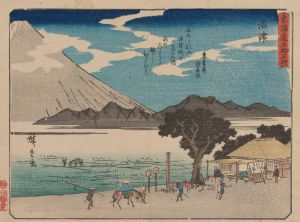
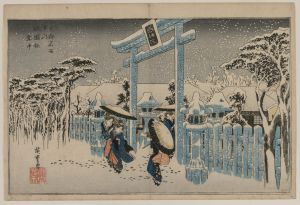
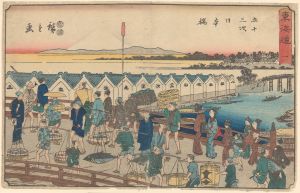
![Tora-no-mon-gai; Aoi Hill, Outside the Tiger Gate [Tora-no-mon]](/imgs/213040/s/ando-hiroshige-toranomongai-aoi-hill-outside-the-tiger-gate-toranomon-6629cde0.jpg)
